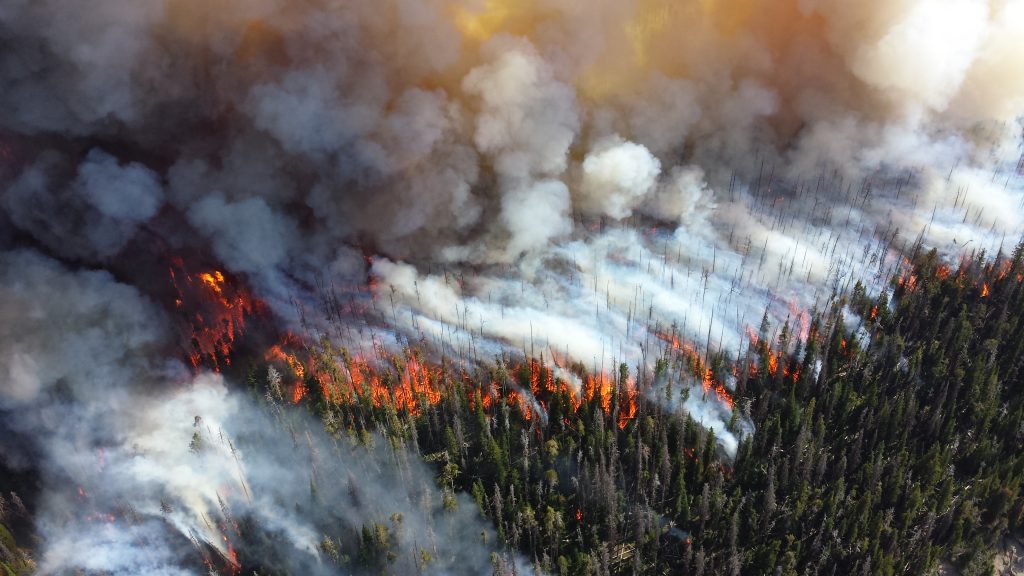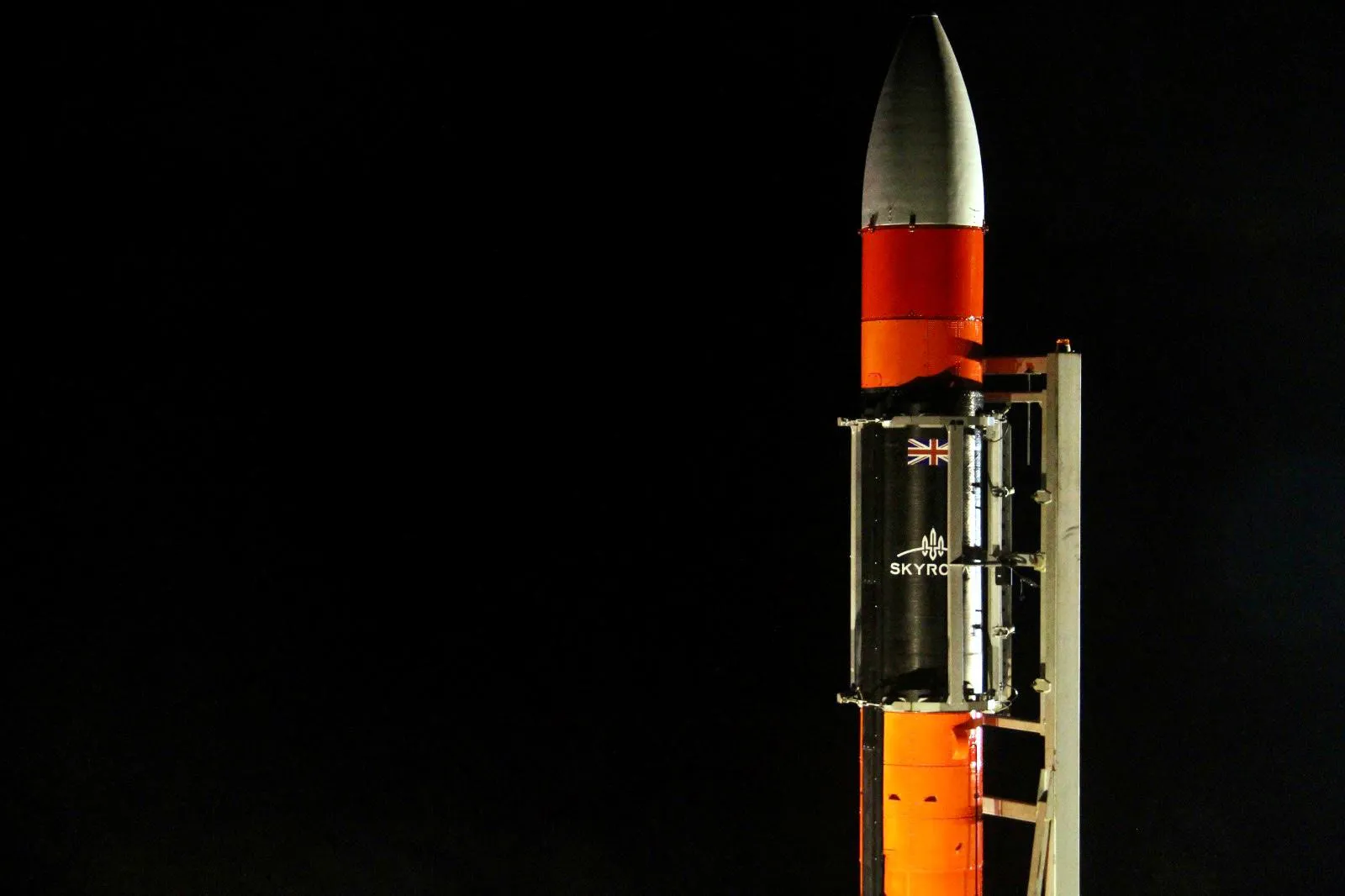Observing mountains using satellite technology

Mountainous regions are among the most vulnerable across the globe and have undergone dramatic changes in the last few decades. Increased global temperatures are melting glaciers over time, leading to changes in the water regime due to a lesser amount of snow. Rockfalls, landslides, glacier lake outburst, and other such natural hazards pose a threat to mountain populations. Climate change and land-use changes are putting pressure these ecosystems, as well as forestry and mountain agriculture.
In order to generate a sustainable management of the everchanging mountain environment, it is essential to observe and understand the drivers and impacts of such changes. Furthermore, utilising satellite technology is essential in the observation of mountainous regions, for which data is often scarce due to the remoteness of mountainous regions and the harsh environment by which they surrounded.
Earth observation methodologies and applications in mountainous regions can contribute to an enhanced understanding of the environmental undercurrents in mountains. The most recent developments in remote sensing technology include the integration of satellite data with in-situ networks, the combination of multi-resolution, optical and SAR sensors, as well as the use of dense time-series of high-resolution data. Applications of such technologies include the following:
-
Remote sensing of natural hazards in mountains
-
Remote sensing of the cryosphere and the water cycle in mountains
-
Remote sensing of vegetation and land-cover dynamics in mountains
-
Remote sensing methodologies for mountains, such as topographic and atmospheric correction and sensor fusion
Furthermore, bioscience engineers in Belgium have established a method by which snow depth in mountainous regions and mountain ranges in the Northern Hemisphere can be measured using satellites. Areas that cannot be accessed for local measurements are now under study under the utilisation of this technique, including mountainous regions such as the Himalayas.
20% of the Northern Hemisphere annually gets covered in snow, and more than 1 billion people in the world rely on this exact snowfall for drinking water. This water is also imperative to the production of electricity and for the surrounding agriculture. Moreover, snow has a cooling effect on the Earth’s climate through its ability to reflect sunlight.
Existing snow depth measurements are predominantly based on local measurements, majoritively offer incomplete on inaccurate depictions. In the Himalayas specifically, for example, the collection of in-situ measurements is near impossible due to the extreme conditions in the surrounding areas. As a result of Earth observation technologies, it is now a possibility that mountainous regions that have proven either difficult or impossible to access can be monitored and observed.
References
1. MDPI (2018), Special Issue “Mountain Remote Sensing”
2. Science Daily (2019), Satellite data used to calculate snow depth in mountain ranges



